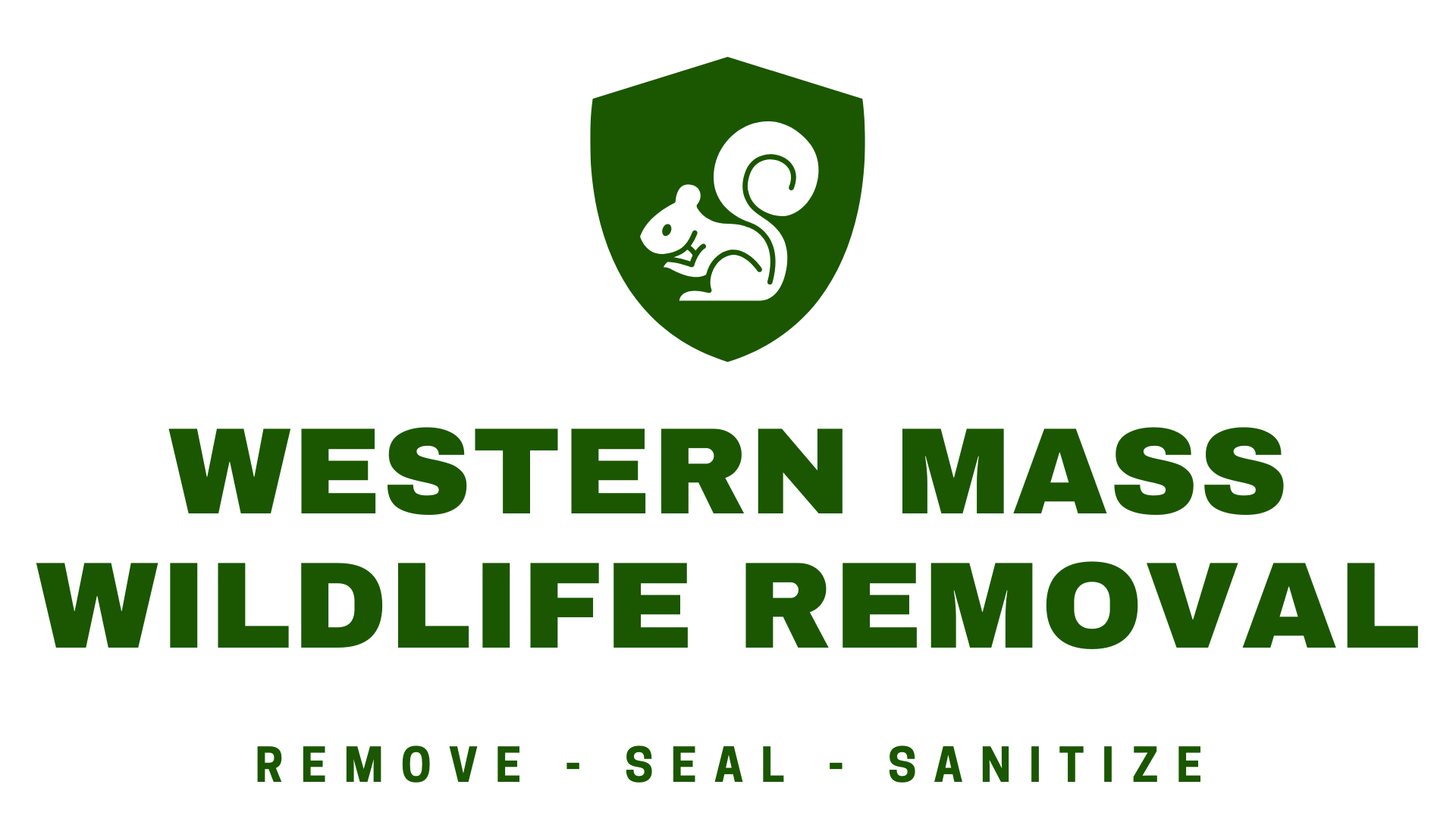If you have baby animals on your property
This is a call I receive almost non stop in springtime and late summer (squirrels often breed late summer). Most of the animals around here breed in late winter and have young early in spring. With the weather getting warmer and food becoming more abundant, adult animals are running around getting as much food as possible to provide themselves the nutrition to nurse young ones, and young animals begin venturing out on their own soon after. There are a couple situations I want to talk about where there is some sort of question about young animals and people thinking they are abandoned, or living inside your home or attic, or under a shed, deck, or porch.
Do you think you have an baby animal that is abandoned? There’s actually a good chance you don’t. These types of situations refer to birds or squirrels that have fallen out of a nest, rabbits found in a patch of grass in the yard or garden, or young animals following an adult around the yard and retreating back to underneath your shed, deck, porch, or any low lying structure. Sometimes even a tiny deer tucked away in an area of shrubbery. Adult animals are under extreme pressure to feed and raise their young, so they expend a ton of energy to do so. This means they have to be constantly feeding themselves. Rabbits and deer are known to leave the young behind, partly hidden (sometimes not so well) and go off and feed. The most obvious thing to do here is to observe it for a while from a safe distance. Most of the time, the adult will come back in the evening or morning. The deer will likely move onto another spot, and the rabbit will tend to its young and do the same tomorrow. The best case here is to leave the animals be if possible, and let them do their thing. Just because you see these young doesn’t mean they need to be “rescued.” In less common cases, the adults may have been killed and the young don’t have anything to do or anywhere to go. Before doing anything, observe the situation for at least a full day or two. If it appears there is no adult, calling a wildlife rehabilitation center is the best option. Do not take the wildlife in and raise it yourself, that is for trained professionals. A couple of resources for this are found below. A bird or squirrel found on the ground sometimes means the baby fell out of the nest. This does happen on occasion. In the case with squirrels, very often the mother will come retrieve the animal, and things are back to normal. The key to this, again, is to spend at least a full day observing. If it remains on the ground, you could call one of the below wildlife rehab centers. With a bird, the mother likely wont go retrieve the young, though it may show up and make a lot of noise. Gently picking up the bird and putting it back in the nest if possible does work, or you can try a wildlife rehab center and see what their recommendation is.
In the case of an animal with young inside the home, typically in the attic, the best solution is to call a wildlife removal specialist, such as ourselves. We are able to put together a plan best remediate the situation, through a number of different options. Doing this type of job yourself in the spring on your own without being trained is a very bad idea. Many people will simply seal up the entry point (if they can find it) trapping the young inside. An angry adult animal on the outside or even on the inside can cause a ton of damage, not to mention you could soon after have dead animals inside and smell awful, bring in tons of flies, etc. This situation occurs most with squirrels, raccoons, birds, and bats. There are additional guidelines for bats but that can be discussed in another post or found on our website. We can do different things such as trap or physically remove all animals, seal entry points, and release outside on property, or use one-way doors to evict all animals inside once the young are old enough, or other methods.
Seeing animals such as groundhogs, skunks, possums, or foxes around the yard often means they have a den under a low lying structure on your property. Sometimes it can be really cute, but you also need to remember that startling an animal with young can cause a defensive adult. There are a couple of options here. Sometimes, when applicable, you can let the animals grow up and eventually move on, typically the young will be pushed out of the den for most of these species by late summer or fall, or you can do an eviction process to get them out from underneath, seal up underneath, and then they will just move on to the next area. We have specialized materials to seal under low structures, and have the proper tools to evict animals through one-way doors. Once the young are out and about with the adults, you can safely install these one way doors and let them evict themselves. Sealing up underneath creates a long term solution.
Remember that not all young animals are abandoned. Always try to let wildlife be wild, and only step in or call a professional when necessary. Observe the animals first for a prolonged period of time to avoid interfering when not necessary and causing more issues.
Thomas Howe (mammals) - 413-519-1975
Erin Sewell (mammals) - 413-272-5686
Suzanne Lijek (mammals) 413-255-0648
Dr. Sherry Himmelstein (birds) 413-782-3183
Young raccoon inside wall void
Young raccoons removed from wall space and released on site with adult after sealing entry point



